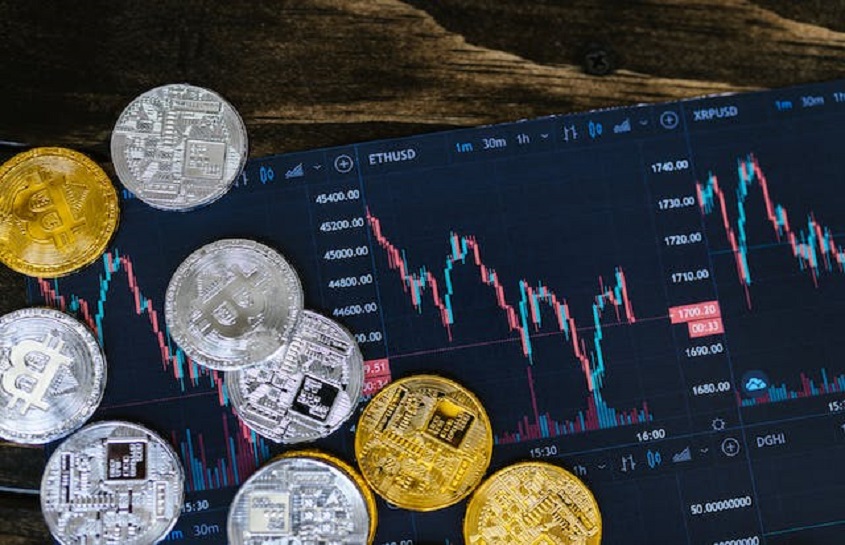Whether you’re fairly experienced in the field or new to the world of digital assets, navigating crypto trading platforms can be nerve-wracking. There are a number of risks to consider, from security challenges to market volatility and high trading fees.
Getting to grips with the challenges you face can help you be best prepared to navigate them and ultimately increase your chances of success. Here, we explore some of the key risks associated with crypto platforms to help you trade safely in this potentially lucrative market.
What risks are associated with crypto trading platforms?
Security threats
One of the key risks that traders face when working with digital assets is security. Hacks and cyber-attacks can put your assets at risk of being stolen or damaged, which can cost you huge amounts of money. As well as this, users may be concerned about their personal data being compromised.
Trading fees
Another challenge you may face is high trading fees when exchanging assets and cryptocurrencies. Unfortunately, this is the norm on many trading platforms, as a percentage of each transaction is typically taken as a commission.
Legal risks
There are also legal risks associated with crypto trading, so it’s essential for users to get to grips with the rules and regulations in their jurisdiction. Traders must ensure that they are complying with tax, banking, commodity, and anti-money laundering regulations among others.
Trading challenges
It’s no secret that the crypto market can be volatile – and this means traders may encounter liquidity risks. Investopedia explains that “liquidity is a term used to refer to how easily an asset or security can be bought or sold in the market”.
In the world of cryptocurrency, “market or asset liquidity risk” is the “inability to easily exit a position”. For example, if a trader owns an asset that they can’t trade quickly enough due to a lack of buyers, the “value cannot be realized” and the price they achieve may put them at a loss.
How to overcome the challenges of crypto trading platforms?
There are many ways that traders can mitigate the risks on crypto trading platforms. For instance, security systems can be put in place like two-factor authentication and cold storage to protect against cyber-attacks and hackers.
To reduce the risk of financial losses, users can implement a risk and reward system, defining a stop-loss price for any losing trades. Forbes explains that this “works by automatically selling a security when its price reaches a certain level, known as the stop price.
Working with specialist cryptocurrency lawyers can also help you navigate challenges and ensure you comply with the necessary laws and regulations. They can assist with navigating “blockchain, cryptocurrency, and the decentralised finance system”, providing regulatory and tax advice, offering compliance services, and negotiating and preparing agreements.
There’s a range of risks associated with trading in digital assets. Identify challenges, employ risk management strategies for market navigation, strengthen your position, and foster success.

